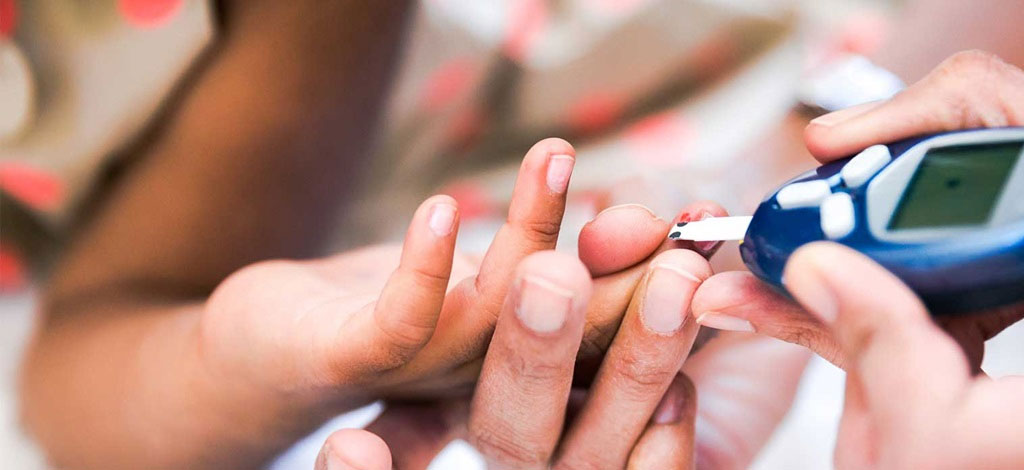Diabetes in Children
Diabetes in children, also known as pediatric diabetes, can be a challenging condition for both the child and their family. The two main types of diabetes that can affect children are Type 1 diabetes and Type 2 diabetes.
- Cause: Type 1 diabetes is an autoimmune condition where the body's immune system mistakenly attacks and destroys the insulin-producing beta cells in the pancreas. The exact cause is unknown, but genetic and environmental factors may play a role.
- Symptoms: Children with Type 1 diabetes often experience increased thirst, frequent urination, unexplained weight loss, fatigue, and increased hunger.
- Treatment: Management involves daily insulin injections or the use of an insulin pump. Close monitoring of blood glucose levels, a balanced diet, and regular physical activity are also crucial.
Type 1 Diabetes:
- Cause: Type 2 diabetes is associated with insulin resistance, where the body's cells do not respond effectively to insulin. Genetic factors, lifestyle choices, and obesity can contribute to the development of Type 2 diabetes in children.
- Symptoms: Symptoms may be similar to Type 1 diabetes, including increased thirst, frequent urination, and fatigue. However, symptoms in Type 2 diabetes can be milder and may develop gradually.
- Treatment: Lifestyle modifications, including a healthy diet and regular exercise, are crucial. In some cases, oral medications or insulin therapy may be prescribed.

